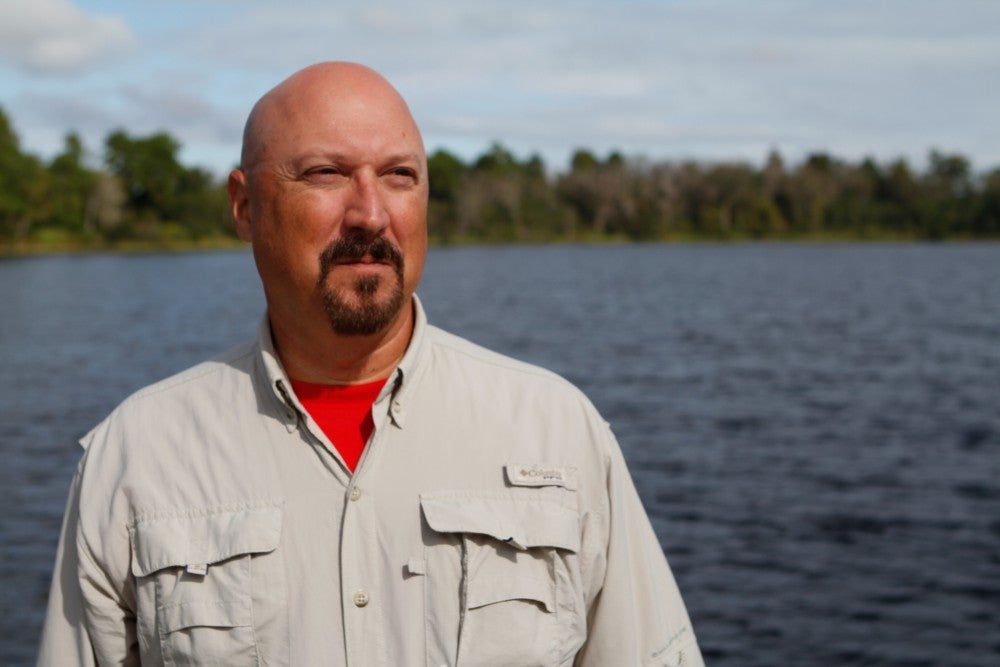A UCF biologist is seeing a wave of action from his work, which links a certain sunscreen ingredient with the death of coral reefs around the world.
Associate Professor John Fauth and a team of international researchers in 2015 published a study that showed the ingredient oxybenzone disrupted coral reproduction and caused bleaching. Coral bleaching is destroying reef and, impacting local economies and ocean species that depend on the reefs for survival.
The study was one reason Fauth provided written testimony when legislators in Hawaii crafted a bill to ban sunscreens with the ingredient in May. The legislature approved the bill, and Hawaii Gov. David Ige signed it in July. The bill is expected to go into effect Jan. 1, 2021.
Late last month, the Center for Biological Diversity filed a petition with the U.S. Food and Drug Administration to ban sunscreen with the ingredient.
For Fauth, a scuba diver and researcher who’s been studying reefs for 18 years, the impact of his work provides some professional satisfaction. But he’s most excited about the impact the team’s work is having now. It could help save the reefs, he says.
“Hawaii has taken the lead in preventing harmful sunscreen ingredients from damaging its beautiful coral reefs. Now, it seems the continental U.S. may be heading in that direction,” Fauth says. “Hopefully more governments will follow these examples of strong environmental stewardship.”
Fauth said his work and that of many other scientists shows the connection between these chemicals and the destruction of coral reefs. Previous studies from the U.S. Centers for Disease Control and Prevention showed detectable levels of oxybenzone in 97 percent of Americans who were sampled. Other studies showed oxybenzone can alter the body’s hormone system, cause low birthweight in girls, and cause skin rashes.
But he’s not advocating people go in the water without protection. Other sunscreens don’t contain reef-killing chemicals, and SPF clothing can help protect people without negatively impacting the environment.
“Safer, non-nano mineral sunscreens (zinc oxide and titanium dioxide) are available that do an even better job protecting against the sun’s harmful rays, so there’s no excuse for continuing to use oxybenzone and other harmful chemicals in sunscreens, lipstick, lip balms, moisturizers, and other personal-care products,” Fauth says.





